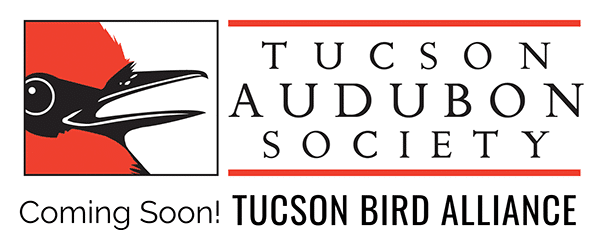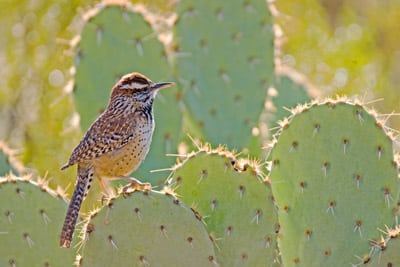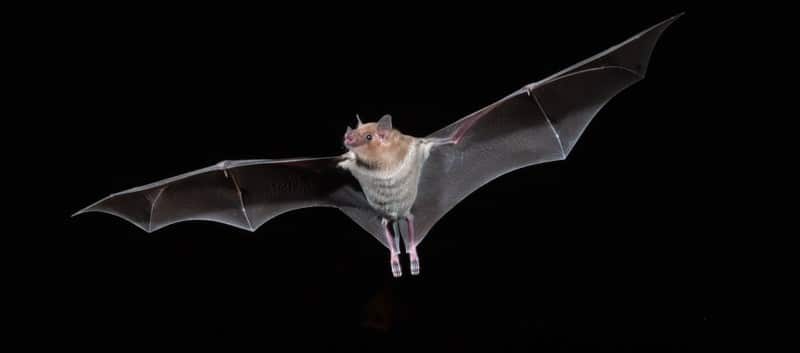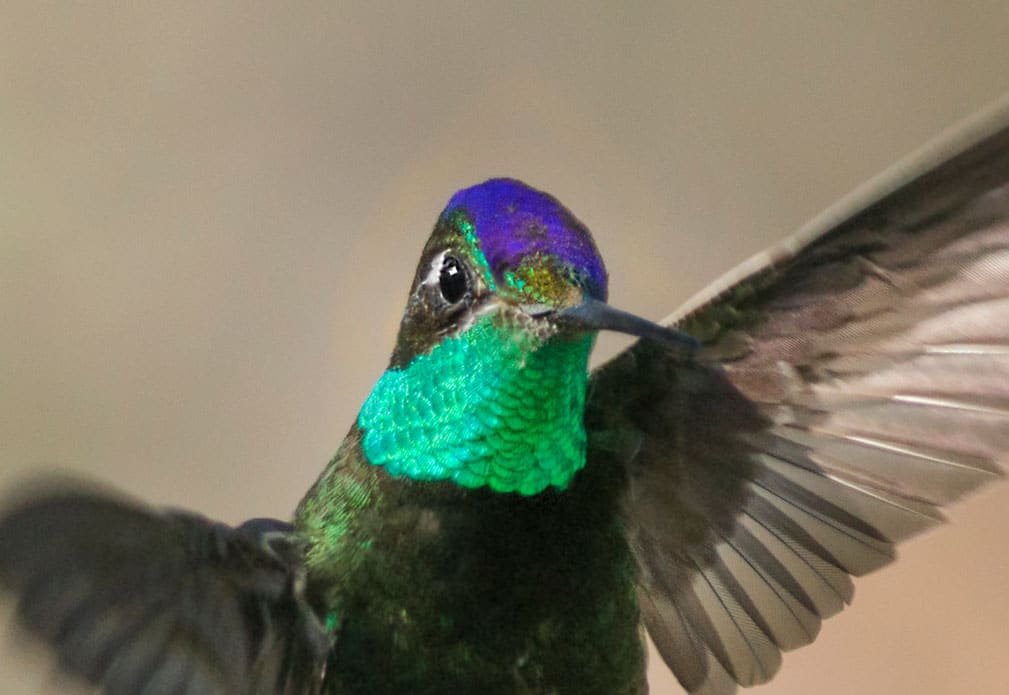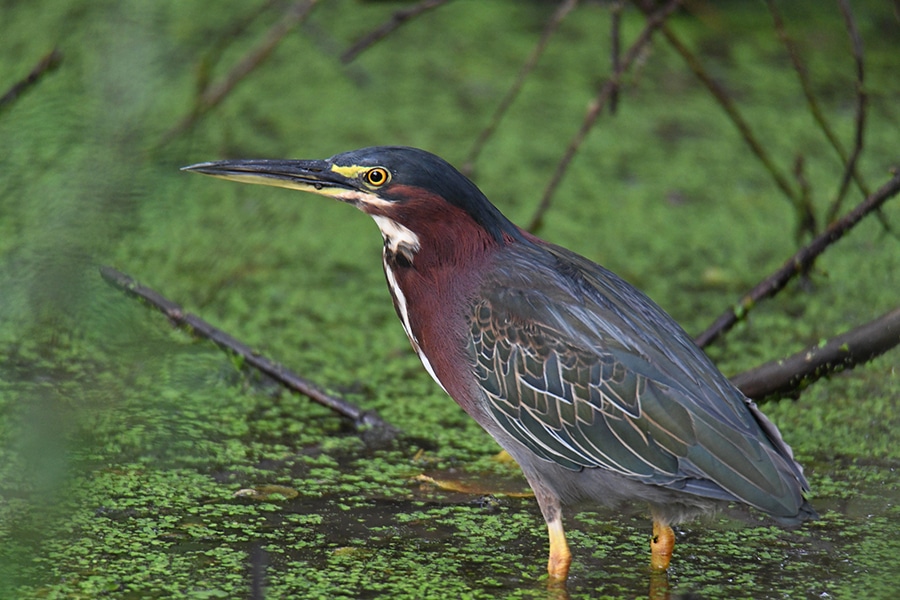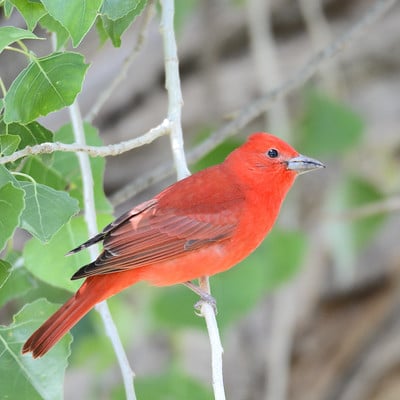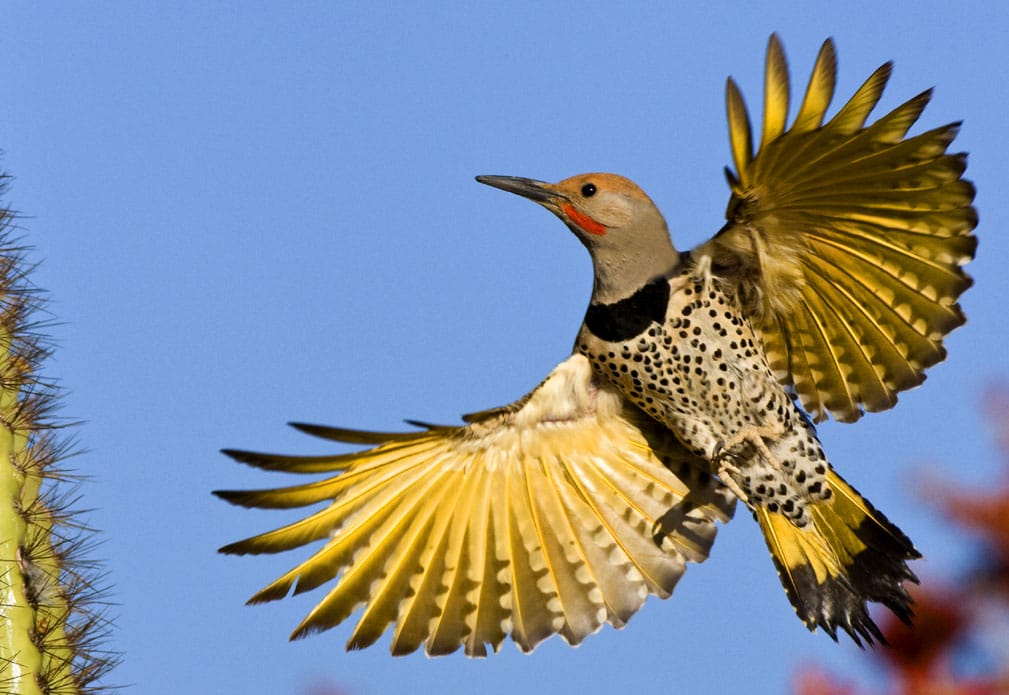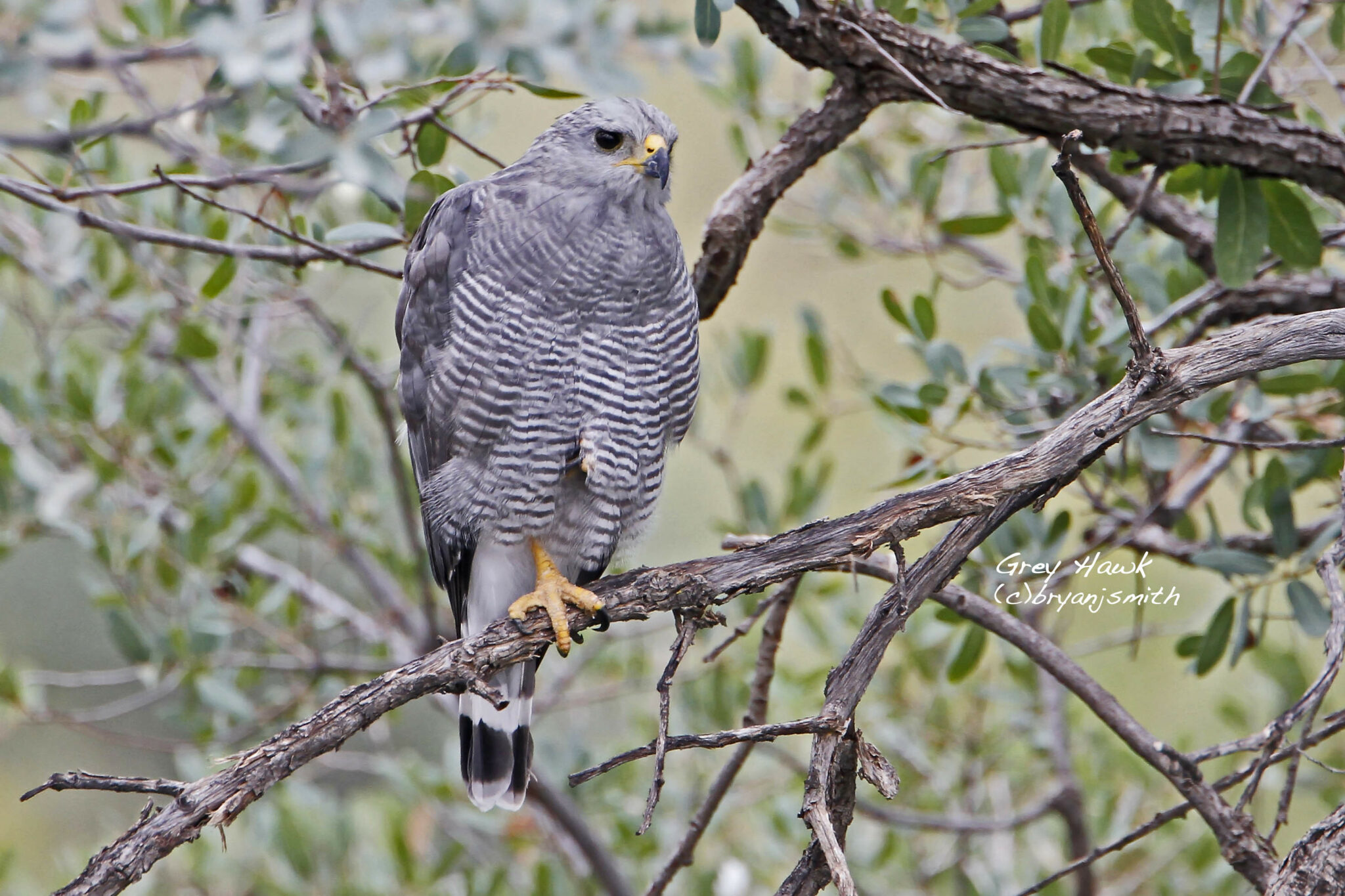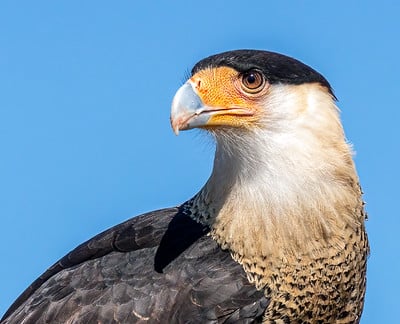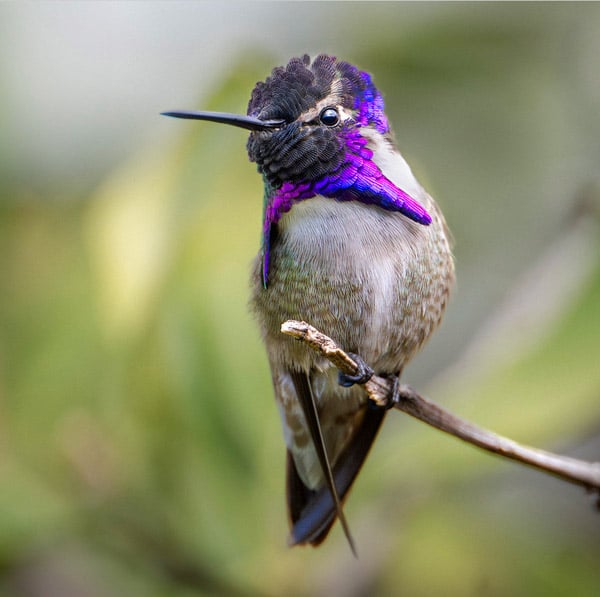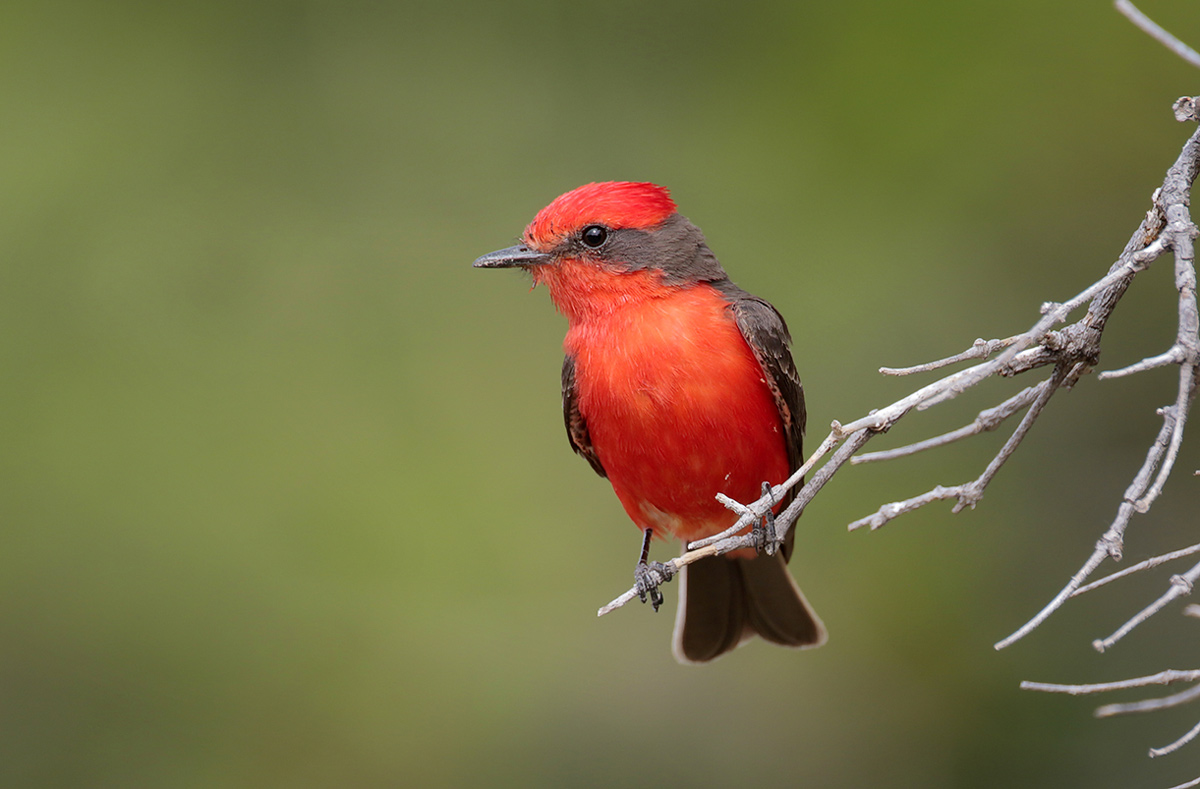Bring your camera gear… whatever you have and join Jennifer Leigh Warner of Wildside Nature Tours for this fun, casual photo walk-a-bout. Jennifer will help find subjects while discussing exposure, reading light, and composition while helping each person with setting up their cameras for quick response to the action. Specific meeting instructions will be emailed beforehand. Limited to 8 participants.
Bring your camera gear… whatever you have and join Jennifer Leigh Warner of Wildside Nature Tours for this fun, casual photo walk-a-bout. Jennifer will help find subjects while discussing exposure, reading light, and composition while helping each person with setting up their cameras for quick response to the action. Specific meeting instructions will be emailed beforehand. Limited to 8 participants.
